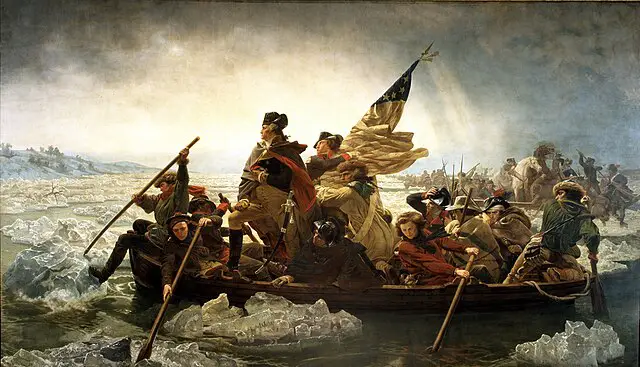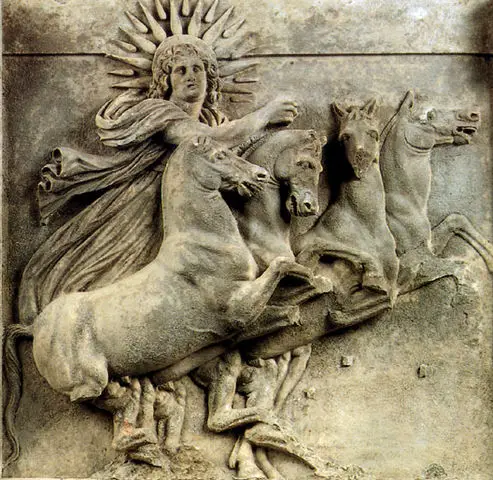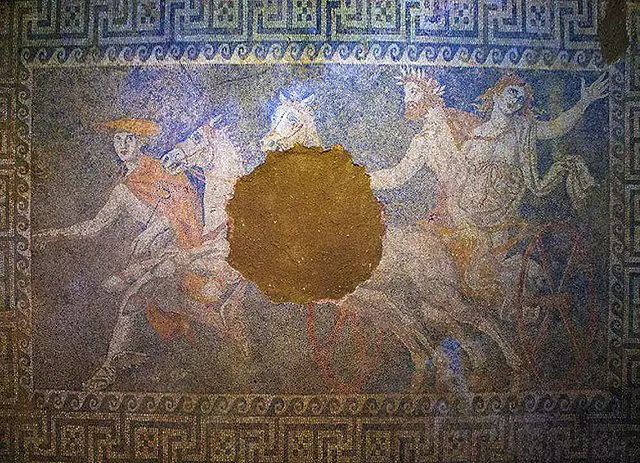| Further Reading | Top 5 Most Interesting Facts About Medieval Society |
Medieval peasants existed in Europe from the late 8th century to the early 15th. During this time nearly 90% of all the people in Europe were part of the peasantry ‘class’ of people. This class of people enjoyed several rights and privileges however they also were not allowed to do several major things.
Generally speaking the medieval peasantry of Europe were not allowed to do 3 major things. First, medieval peasants were expected to seek permission from the lord or lady to marry. Second, depending upon the location most peasants would have to seek permission to leave the manor. Third, medieval peasants were forced to fight in the noble’s military as levy soldiers.
It is important to remember that when we discuss the medieval peasantry of Europe we are talking about a class of people who existed for nearly 700 years. During this time there were outlandish policies and changes to the peasantries rights. However, that being said this is a general overview of what peasants were not allowed to do.
Here at The History Ace I strive to publish the best history articles on the internet. If at the end you enjoyed this article then consider subscribing to the free newsletter and sharing around the web.
Without further ado, here are the 3 things medieval peasants were not allowed to do.
Medieval Peasants Were Not Allowed To Marry Without Permission
One of the major things that medieval peasants were not allowed to do was to marry without the permission of the manor lord.
This was because the lowest class of medieval peasants was called a serf. The serfs of medieval Europe were owned by the landholding lord. While a serf was not considered a slave they were property of the lord or lady who owned the manor.
In return for being owned by the lord or lady the peasant would be given a portion of the lords estate. Most of the time this took the form of basic living conditions in or around the manor. As such it was seen that a marriage between serfs would increase the amount of property a lord would have to give out to support a new family on their estate.
Historians have deemed this splitting of the lord’s estate between married peasant families ‘inheritance.’ As such any peasant who wanted to get married would first have to seek permission from the lord or lady of the manor estate.
If the peasant was a free laborer, meaning they were not owned by the lord, then they could get married freely. However, then they would have to provide their own living accommodations to provide and take care of a new family. This was a major problem in medieval society as most free peasants would end up becoming quasi-serfs to provide for accommodations for their families.
However, as it stands one of the major things that medieval peasants were not allowed to do was to get married without the approval of their lord or lady.
Most Medieval Peasants Were Tied To The Land And Would Have To Seek Approval To Leave The Land
Another thing that most medieval peasants were not allowed to do was to leave their manor without permission from the lord or lady.
Again this depended on if the medieval peasant was a serf. Serfs held no rights outside of what they were given by the lord of the manor. Essentially they were owned by the noble who ran the estate.
In order for a serf to be able to leave the manor they would often have to get approval from the lord. This was because they were part of the lords owned property given to them by the ruling monarch. If a serf were to leave the manor plantation then there would be less work hands to help produce a good harvest of crops.
As such any peasant that wished to leave the medieval manor had to seek approval from the lord. Historians are not sure how often this ‘leave’ was given out by the lord. It appears that if the medieval peasant was seeking leave to go on a pilgrimage or other church activity then it was given freely. Outside of that however we have almost no sources that detail peasant-serfs freely leaving the manor.
If the peasant was free and not a serf then they could leave whenever they wanted to. However, the peasant would have to have someone to harvest the crop. Without the aid of other farm hands such as serfs or family members then the chance of a peasant leaving their land was small. However, during the latter medieval era (12th-15th century) travel was common across Europe.
As such one of the things that medieval peasants were not allowed to do was freely travel off the lord’s property.
Medieval Peasants Were Forced To Fight In The Nobles Military As Levy Soldiers
Another thing that medieval peasants were not allowed to do was to say ‘no’ to serving in their lord’s military. This was because when the realm went on campaign each noble would raise an army from their peasantry.
This was a conscript army. As a peasant you would have been forced to provide your own equipment and show up to march under the nobles banner. This system was called a ‘levy’ system of raising an army.
Depending on the wealth of the lord’s manor the peasants could either be armed with pitchfork’s or full plate armor. Nearly all of the major battles in Europe during 800-1500 were fought with levy armies that comprised a handful of noble nights with thousands of ill-equipped levy peasantry soldiers.
Depending on how bad the war was going even free peasantry that were no serfs were conscripted into the nobles army as well. If you were male and of fighting age then chances are you would be pulled into the army regardless of if you wanted to go or not.
As such one of the main things that medieval peasants were not allowed to do was to say ‘no’ to being conscripted into fighting for the lord’s manor.
Conclusion
There you have it; an entire article going over the 3 things that medieval peasants were not allowed to do.
Much ink has been spilled over the roles and rights that medieval peasants possessed. If you are a prospective graduate student of history I highly suggest you look at doing some research on this class of people.
As always, here at The History Ace I strive to publish the best history articles on the internet. If you enjoyed this article then consider subscribing to the free newsletter and sharing around the web.
Further, you can check out some of the other articles below.
-
How The American Revolution Changed The World

Here is how the American Revolution changed the world. Many people are not aware of just how important this event actually was.
-
Why The Roman People Loved Chariot Racing

Why did the Roman people love chariot racing? Well it all comes down to these 3 reasons.
-
The Design and Color of Roman Chariots

What was the design and color of Roman Chariots? Were they faster or slower then normal chariots? Well here is everything!
Sincerly,
Nick